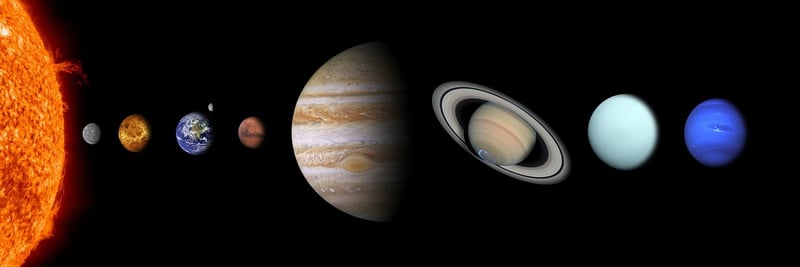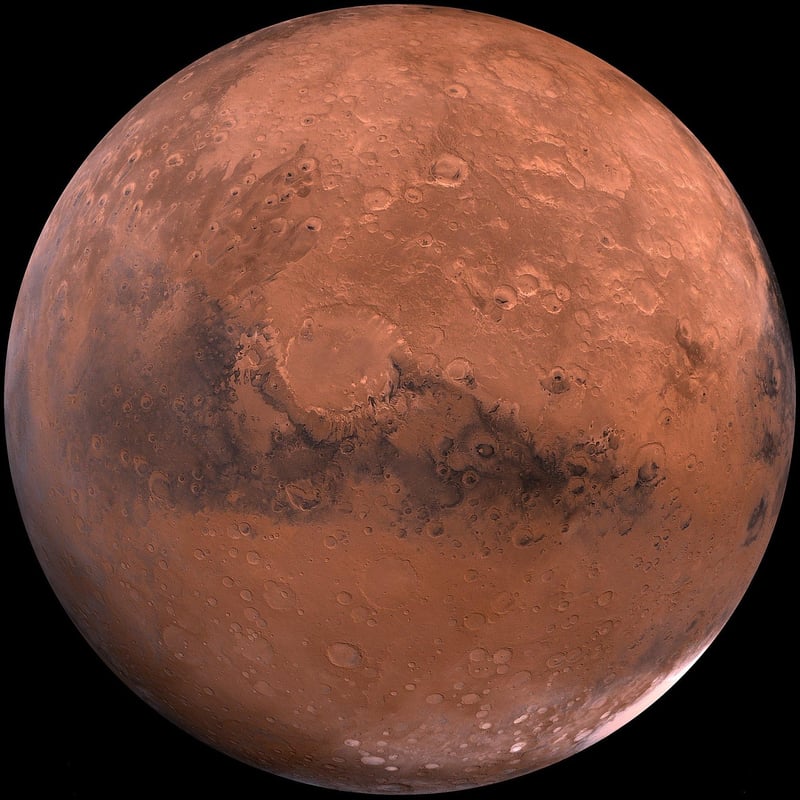Planetary Conditions
Assessing Potential Life Support on Other Planets
Introduction
Exploring the possibility of life beyond Earth is a captivating subject that has intrigued scientists and enthusiasts for centuries. When considering the potential for life support on other planets, various factors come into play, including planetary conditions, atmospheric composition, and the presence of water.
Planetary Conditions
Planetary conditions play a crucial role in determining whether a planet can support life as we know it. Factors such as distance from the sun, surface temperature, atmosphere, and geological activity all impact the habitability of a planet.
Surface Temperature
The surface temperature of a planet is a key factor in assessing its potential to support life. Planets within the habitable zone of a star, where temperatures are neither too hot nor too cold, are more likely to have conditions suitable for life.
Atmosphere
The composition of a planet's atmosphere is critical in determining its ability to sustain life. An atmosphere that contains oxygen, nitrogen, and other essential gases is more conducive to supporting life forms.
Presence of Water
Water is essential for life as we know it. The presence of liquid water on a planet's surface or in its subsurface greatly increases the likelihood of it being able to support living organisms.
Exploring Potential Life Support
Scientists use various methods to assess the potential for life support on other planets, including telescopic observations, spacecraft missions, and computer simulations. By studying planetary conditions and searching for signs of habitability, researchers aim to identify planets that may harbor life.
Conclusion
Assessing potential life support on other planets is a complex yet fascinating endeavor that requires a multidisciplinary approach. By understanding the interplay of planetary conditions and the presence of essential elements, scientists move closer to unraveling the mysteries of life beyond Earth.


